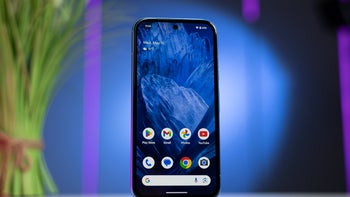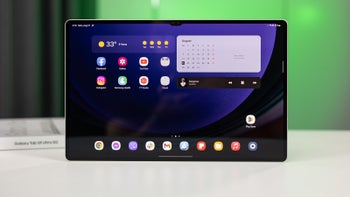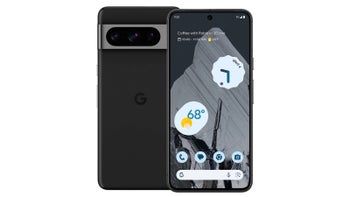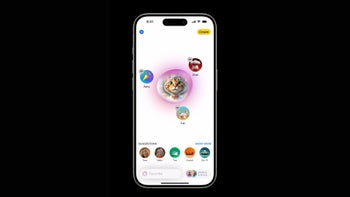Garmin's latest Apple Watch Ultra rival comes with 'hybrid' functionality and a reasonable price
We may earn a commission if you make a purchase from the links on this page.

While rugged smartwatches have been around for... roughly as long as "regular" smartwatches, aiming to not only keep up with your active lifestyle but enrich your adventures by tapping into the latest (wearable) technologies, the product category is undoubtedly receiving unusual "mainstream" attention now that the Apple Watch Ultra is here.
Like any first-gen "iDevice", of course, that muscular bad boy with "extra-long" battery life is not perfect, allowing Garmin to capture the limelight and possibly appeal to a broader audience than ever with products like the Instinct 2 and hot new Instinct Crossover.

Analog + digital = $500 and up pricing
The Android and iOS-compatible Instinct Crossover appears to have been discreetly released recently in a number of markets around the world. Stateside, the "hybrid" smartwatch costs $499.99 in a "Standard Edition" available in black and "blue granite" colors, with graphite and "tidal blue" Solar versions fetching an extra 50 bucks a piece and a Tactical Edition coated in a black hue only setting you back $599.99 (with solar charging also supported).
Because those price tags are obviously not comparable with how much the Apple Watch Series 8 normally costs (at least in an entry-level GPS-only aluminum model), it definitely makes sense to pit this thing against the rugged Apple Watch Ultra instead.
Then again, that's not really a fair comparison either given that the Instinct Crossover sports a relatively modest (by mainstream smartwatch standards) monochrome display with a resolution of 176 x 176 pixels.
Somewhat ironically, that component is advertised as "high-resolution", which is an accurate description when you view the new outdoor-friendly smartwatch through a hybrid lens.

The digital screen is paired with luminescent, bright, easy to read, and "incredibly reliable" analog watch hands to bring the best of both worlds together, helping the Instinct Crossover look like a traditional timepiece (more or less) while also delivering precious information, notifications, and alerts from a connected phone, and perhaps most importantly, maximizing battery life.
The Instinct Crossover can last... how long?!?
Up to 25 hours in "GPS mode" (31 hours with solar charging), which may not sound that impressive... until you hear all of Garmin's other battery endurance claims. Specifically, up to 28 days (or 70 days with solar) in "smartwatch mode" and up to 71 days (that's two months!!!) in "battery saver watch mode", which can jump to an "unlimited" rating when also considering the solar charging functionality that, remember, you'll have to pay extra for.
That's right, you might not have to plug in your Garmin Instinct Crossover... ever if you play your cards right and don't mind spending at least 550 bucks, which is starting to feel more and more reasonable.
That's $250 lower than the Apple Watch Ultra's regular price, mind you, and Cupertino's decidedly non-hybrid rugged smartwatch can barely promise "up to 36 hours" of battery life in normal usage or 60 hours on "Low Power settings."
The Instinct Crossover is unsurprisingly built like a tank too, surviving not only water immersion up to a depth of 100 meters with ease but also extreme weather conditions and various shocks, presumably including drops on hard surfaces.
In addition to standalone GPS connectivity, the extensive list of sensors offered at $500 and up also includes a barometric altimeter, compass, thermometer, blood oxygen saturation monitor, and heart rate monitor, not to mention Glonass and Galileo support guaranteeing reliable activity tracking even in the most remote places you can imagine, as well as in-depth sleep tracking and so-called "body battery" energy monitoring.
In short, you'll get everything you could possibly need from a health and fitness tracking standpoint plus an undeniably elegant and ingenious design plus stellar battery life for your money here, which makes this value proposition pretty much irresistible, at least for certain fans of rugged wearable devices.













Things that are NOT allowed: